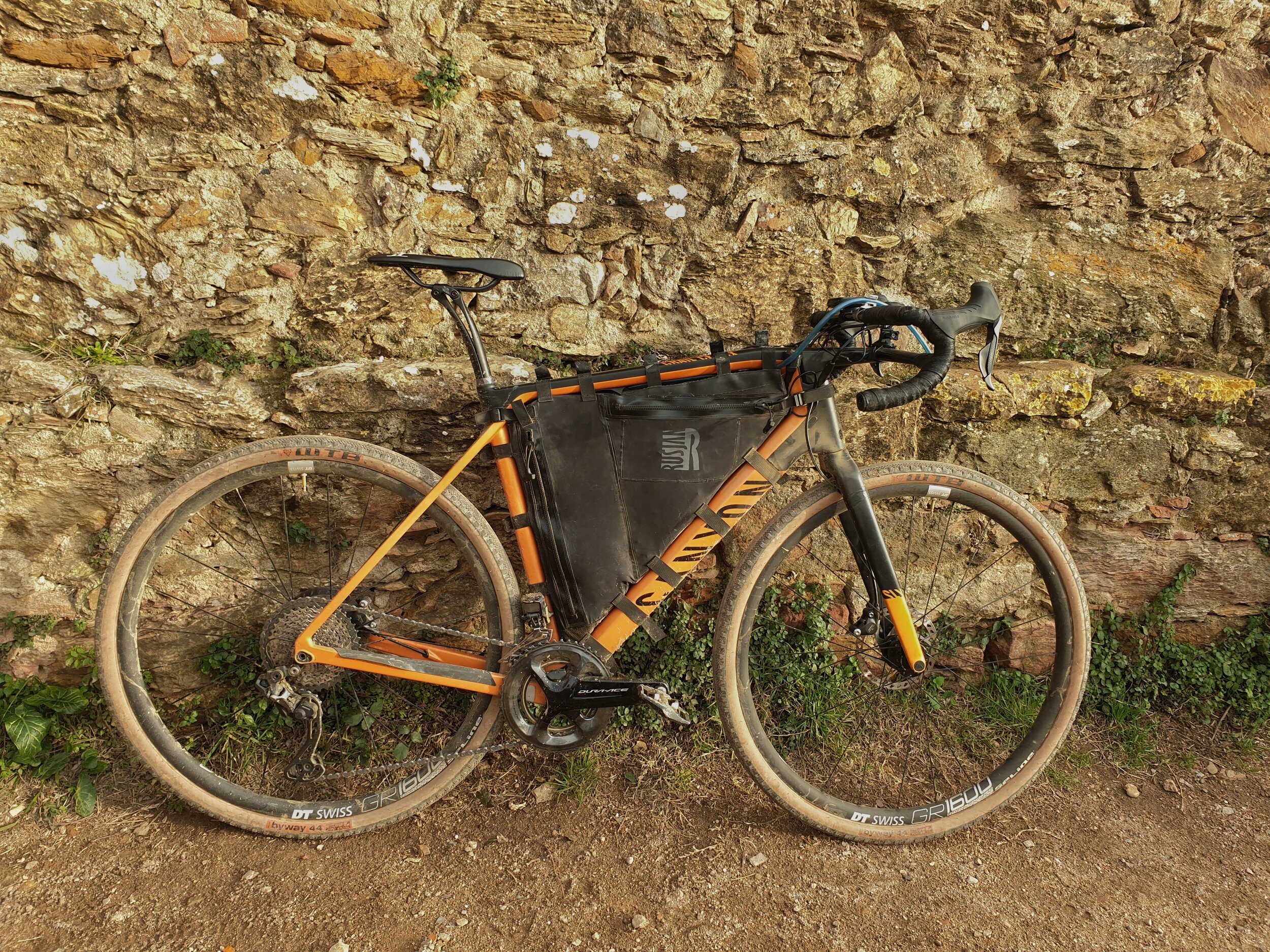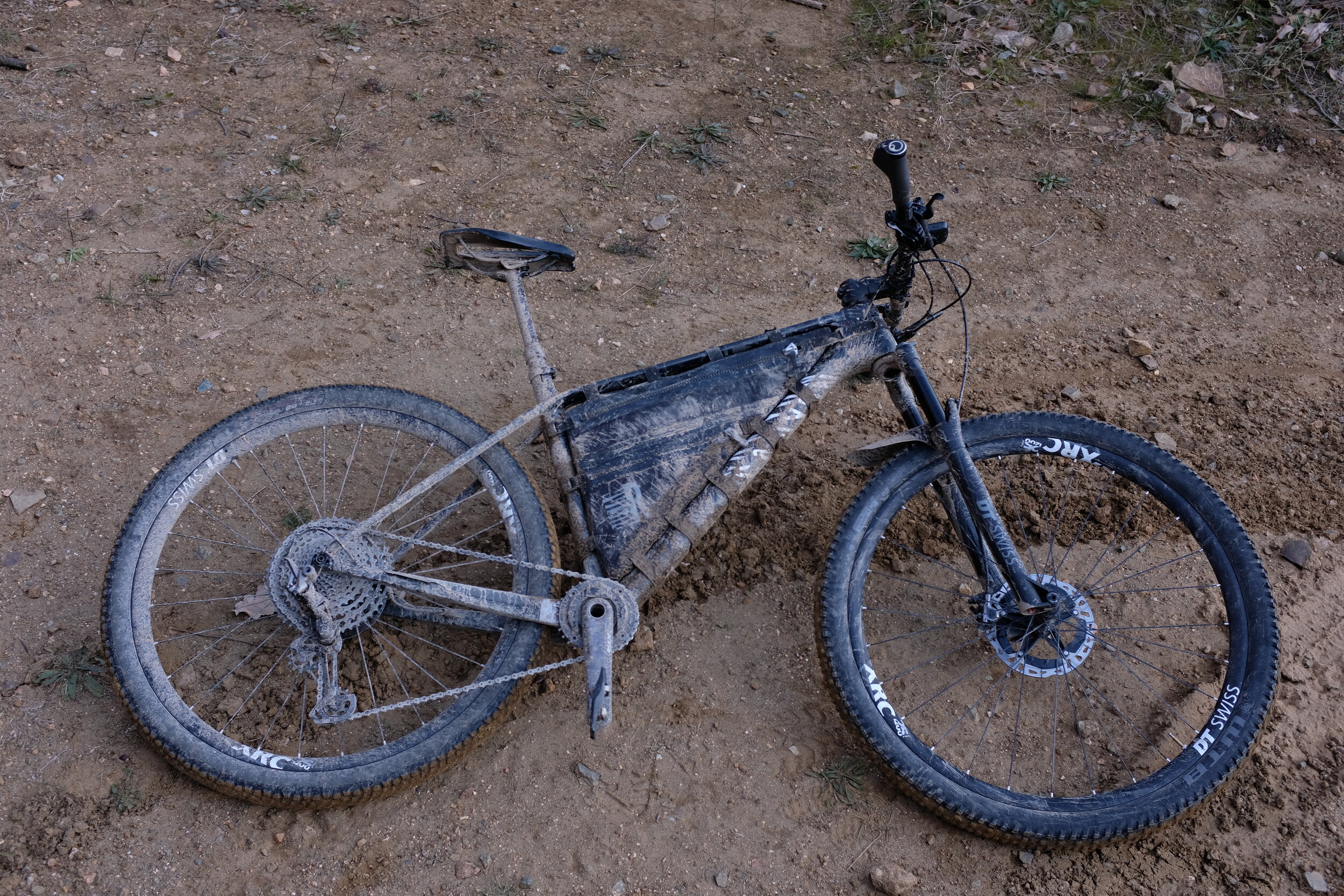Selecting the right groupset
Overview
Before I set out, I should state these are my findings and opinions (which I reserve the right to suddenly change at any time!). It’s possible (likely) that many will disagree, and that is fine. But perhaps these thoughts will help some make a decision, even if it’s against mine. The thoughts below are related to ultra-endurance bicycle races. It’s possible they will be applicable for touring or trips, however I am gearing these thoughts more towards racing. I could write a thesis on the subject and likely will, but I tried to keep this high level, though still managed 1,700 words.
Groupsets are sometimes polarising, and no matter which one you choose and what options, someone somewhere will have had a bad experience with it. So take personal doubts with a pinch of salt, mine too! As one bad experience does not make all bad, but in life, negative thoughts outweigh good in the memory bank.
The keys factors to determine what to run are; Expected range of speeds, terrain, weather, budget, preference on gear jumps, and personal preference/allegiance! Hopefully the below thoughts will help to get you thinking.
Canyon Endurace setup with Shimano Dura-Ace Di2 50/34 crankset and 11-40t cassette
On road:
On road is more simple than off road. On tarmac you will experience a wide range of speeds over a race, form creeping up a 20% climb to spinning along with a tailwind at 50 kph. So you are going to want to select a double crankset (2x) up front. We all know how well Aquablue did on their single chainring (1x) setups at the world tour! I jest obviously as there is little comparison between pro racing and ultra-endurance, however running a 1x on tarmac will leave you with large jumps between the rear cassette sprockets. There are advantages to 1x and they are relevant in the off road section. What is worth considering is running a compact, or sub compact crankset. When racing Transcontinental I would use a 46/34. I would have gone lower than 34, but at the time it was not possible. A 46 with an 11 out back is still 50 kph at 90 rpm, and if you have the opportunity to pedal faster, perhaps coasting and taking a moments pause would be wise. Out back I would run a big cassette, I like to climb in the saddle and to spin. While we all ride differently, you knees will thank you for having enough gearing to not be pushing 50 rpm for extended periods. I also decided to not run sprockets smaller than 14t, so my cassette would be 14-38t. A few years ago options were not what they are now, and in fact at Two Volcano Sprint in 2020, I ran 50/34 with an 11-40 cassette, I appreciated all of those 40 teeth on the back. I would have gone for a 14-40 if possible. Long gone are the days of ‘macho’ race gears, thank god.
When it comes to breaking, for me there really is only one option, hydraulic disc brakes. I am not going to enter into the pros and cons of disc V rim, or hydraulic V cable, it’s not worth the time. I have 100,000 km on Shimano hydraulic disc brakes, and not a single issue.
Electronic or mechanical, personally I will use electronic on the road always. I have seen the repetitive strain injuries from shifting over thousands of kilometres, people leaving over the bar with their left hand to shift gears because the right hand is dead. Yes electronic components can stop working, but in my time I have had mechanical cables and components fail on a far more frequent scale. While failure of an electronic component is likely terminal, I would not race without it. These days I can get groupsets, but when I bought my first bike for long distance racing, with my own hard cash, I spend it on Ultegra Di2 hydraulic.
Canyon Grail set up with Shimano GRX Di2 - running 50/34 Dura Ace powermeter with 11-40t cassette
Off Road
Off road really has two categories, so I will split them. For the purposes of the distinction I will use the terms light off road, and proper off road. Yes there is a bit of light humour there, but also the terms serve to give a good concept.
Light off road
Light off road (LOR) can be considered more gravel, perhaps you are riding some tarmac, mostly easy going gravel and a little proper off road, likely on 30-50mm tires. It is not mountain biking. It would be done on drop bars, likely on what is now known as a Gravel bike. LOR will likely encounter the same variation in speeds as tarmac, perhaps even wider! As you will crawl up gravel climbs and perhaps tear along smooth tarmac. Thus for me, to race LOR I would be looking for a 2x setup, this will give the range of gears needed, while not incurring the jumps in rear sprockets that 1x would. A crankset for LOR would be of a 46/30 nature. If combined with a good range rear cassette then you will get gears for the flat and steep off road, something like 11-42 or 46. I should note at this point, cassette availability is not as good as I would like to see and you might need to look for custom options. Really, an 11t is not needed, and a cassette starting at 14t going to 46 would be better. Though with teeth larger than 40t we can get into issue with rear derailleur performance. However, manufacturers are known to be conservative with their largest sprocket size figures, and so either a trial and error or looking on online forums will inform you what you can actually run. Further aftermarket products, such as from Woolftooth, are available to extend the rear derailleur hanger to accommodate bigger sprockets. For too long manufactures have been making components as if we are all professional road racers, however thankfully with the advent of gravel, we are seeing more human gearing options, which will hopefully only grow.
Again, hydraulic discs. Though as you are now off road, you might consider using only sintered pads, rather than organic. The sintered pads are with metal and will not wear down so quickly. IF you use organic, then take lots of spares. IF you get stuck in wet off road conditions, the dirt will act like sandpaper on the pads and they will wear down at a rate of possibly a set per day.
Mechanical versus electronic could be more of an argument off road. You are potentially more likely to crash and inflict damage on a derailleur. That said, the dirt in cables will mean you need to adjust mechanical more often. Personally I just use electronic, it’s simple and just works. I have ridden through some terrible conditions off road and never had issue.
One note is that if you are not bothered by large jumps in the rear cassette, or your race will me mostly off road or potentially bad weather, you may consider running 1x upfront. As the variation in speed will be lower and front derailleurs are annoying when it is muddy. However, some groupsets do not offer particularly low front chainrings on ‘road’ cranksets, and so if you wish to go below 40t you might need to look aftermarket.
Canyon Exceed setup for proper off road, running mechanical Shimano XTR, 30t crankset with 10-51t rear cassette.
Proper off road
Here for proper off road (POR) we are talking mountain bike, perhaps not ‘mountain biking’ but you are likely riding a flat bar mountain bike, or a monstercross and very likely on 50mm+ tyres. The race is nearly all off-road, and likely tough, with some smooth gravel being the easy points. At this point I move to 1x without much debate. POR, I have never found myself to be bothered by jumps in the cassette, I simply do not notice them. And I consider myself a very fussy peddler, I like to be spinning along at near 90 rpm or I am unhappy. But POR, I just have had no complaint. POR 1x comes into its own, here we need simplicity. Being able to use one shifter to go though the entire gear range is very convenient. You may come around a sharp corner and can just push through, with the Shimano XTR I can take 3 sprockets at a time and move up the cassette quicky. Removing the front derailleur is also a benefit for mud. There are not many people left racing POR on 2x or even 3x, though there are some (Josh Kato Tour Divide winner for one), so that might be you. For me, I have never thought ‘I need a bigger gear’ off road, I run a 30t front chainring, and I would go to a 28 for a proper mountain bike event. This is paired with a 10-51t cassette out back. I don’t think there is need for bigger than 28-51 gear, as at this point you will be better to get off and push!
Hydraulic discs again, do they even do cantilevers any more!?
Mechanical versus electronic, is perhaps more involved and not clear cut for off road. I have not used electronic on a mountain bike, only mechanical. And in honesty I have not felt much need. That said, I am using Shimano XTR, not just because it’s the most expensive or lightest, but because the shift actuation (force needed on lever) is lowest, and given the amount I change gears this adds up. If I could get 12 speed in electronic I would try it. However, XTR mechanical is so good already. Given we have done away with the front derailleur, which needed far more force to shift, the rear is very light and easy. However, when racing I have needed to change cables a few times, due to dirt and degradation. This need had been anticipated and I had cabled the bike up with the outer running all the way from the shifter to the derailleur, so all I needed do was pull the old out and push new in, taking less than 5 minutes.
Final thoughts
As I opened I will close, these are my findings and thoughts. I am sure many will do it different, but hopefully those newer or with more minimal experience will find them useful for thought.


